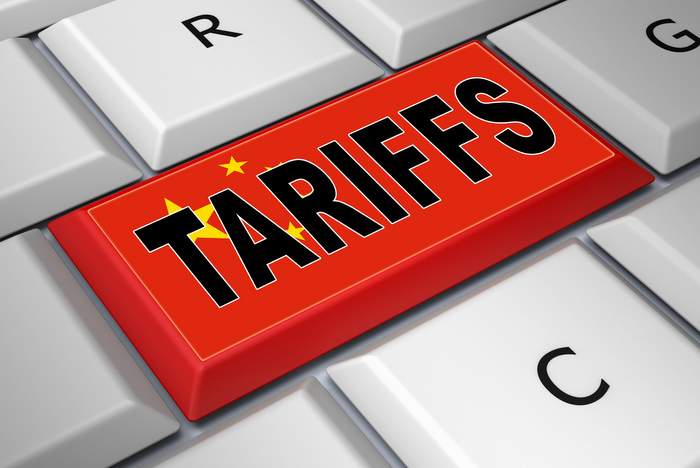The Solar Energy Industries Association reported some positive outcomes from the Office of the U.S. Trade Representative in regard to tariff exclusions for some imported PV cells and modules (these were originally applied for in April 2018). These exclusions include:
• Bifacial solar panels that absorb light and generate electricity on each side of the panel and that consist of only bifacial solar cells that absorb light and generate electricity on each side of the cells;
• Flexible fiberglass solar panels without glass components other than fiberglass, such panels having power outputs ranging from 250 to 900 watts; and
• Solar panels consisting of solar cells arranged in rows that are laminated in the panel and that are separated by more than 10 mm, with an optical film spanning the gaps between all rows that is designed to direct sunlight onto the solar cells, and not including panels that lack said optical film or only have a white or other backing layer that absorbs or scatters sunlight.
All other exclusion requests were denied.
“Over the past year, we have relentlessly lobbied the Administration to grant additional exemptions, with a particular focus on bifacial modules,” stated Abigail Ross Hopper, CEO of SEIA. “Today’s decision is a significant win for SEIA’s trade advocacy efforts. We thank the Administration for its decision to moderate the adverse impact of the Section 201 tariffs, as well as Senator Thom Tillis and Congressman Patrick McHenry for their support. This would not have happened without engagement from several SEIA members.”
— Solar Builder magazine


Leave a Reply
You must be logged in to post a comment.